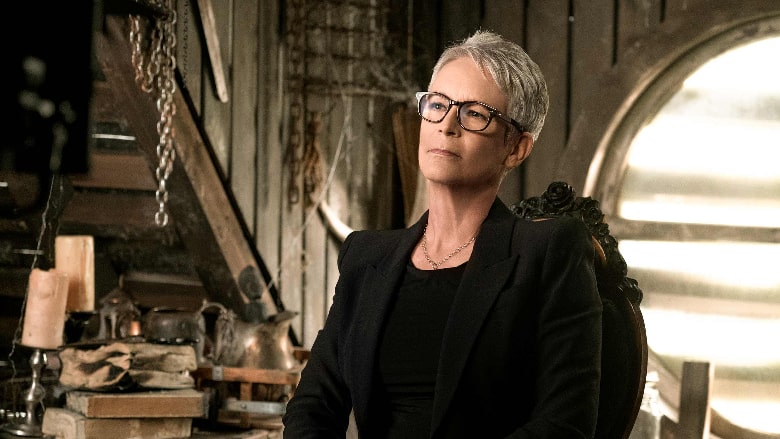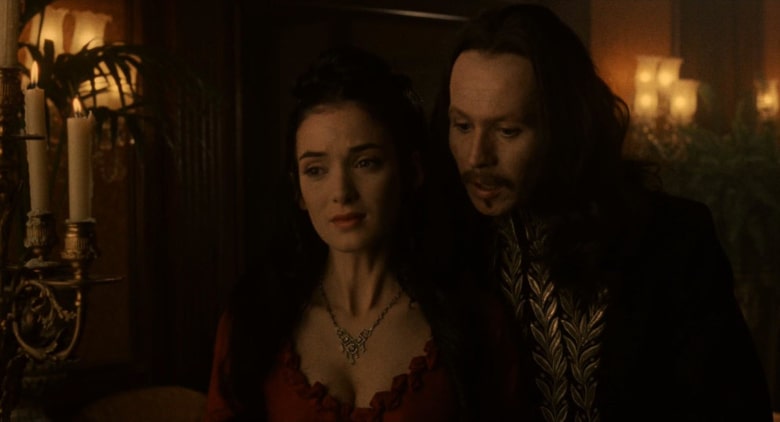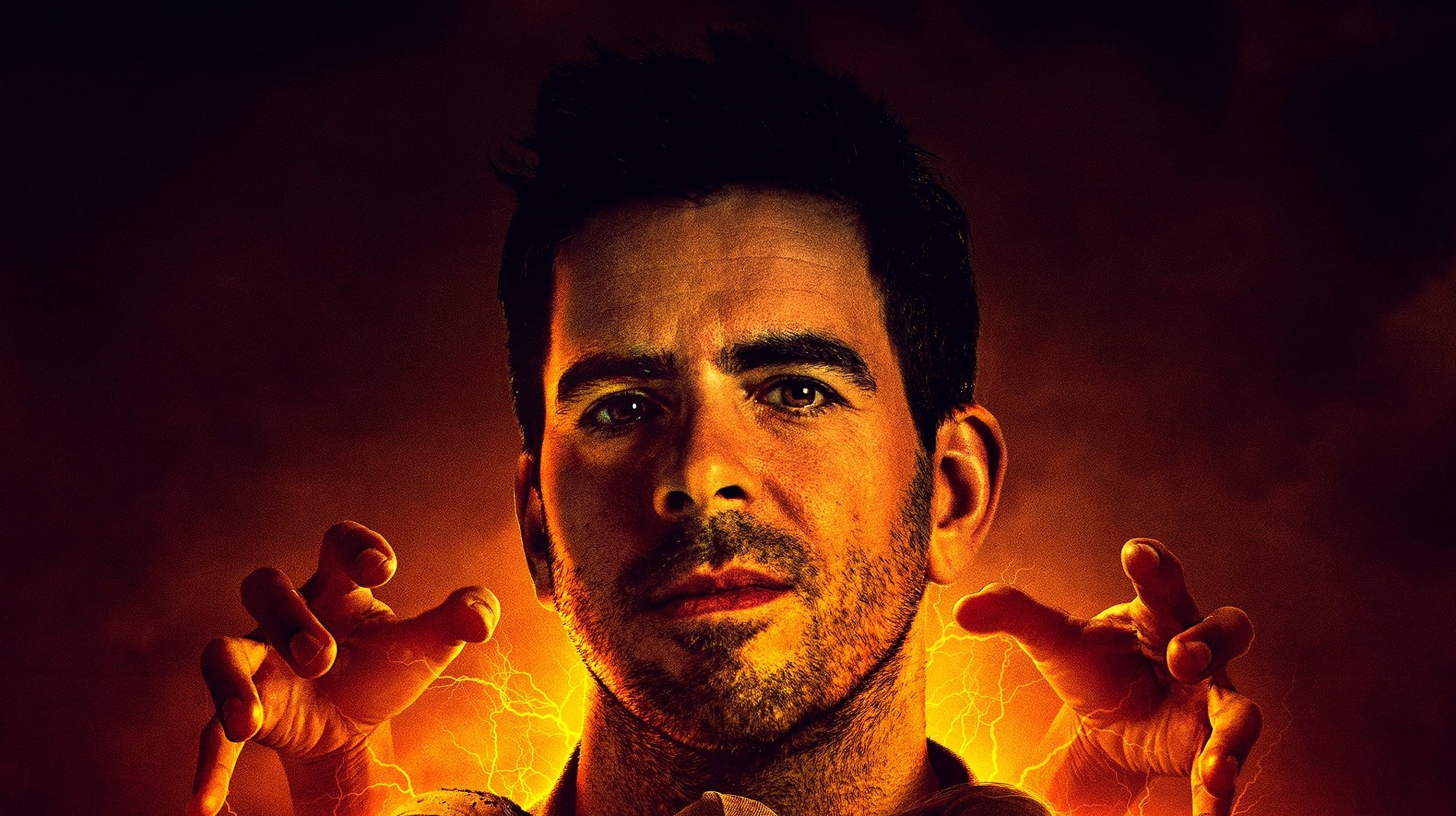Horror is a much maligned genre. From its founders who were cited as serious authors “who wrote gothic fiction” rather than Gothic fiction writers, to the penny dreadfuls of the early twentieth century, to the slashers of the 70s, the torture porn of the post-9/11 era, up to today, horror has constantly battled against a culture that would negate its influence on itself if given half the chance. This is why the Eli Roth History of Horror episodes, along with the writers, directors, and actors that contributed to it, are so important.
Culturally, horror and the Gothic are touchstones of how we view our collective fears and responses during times of national and international crises. Horror doesn’t need to wait until the crisis is over to respond. From the Soviet threat of the 50s, to the Vietnam War, economic recessions, the first Gulf War – horror has always been one of the first genres to reflect our culture back on itself and help us question our place and identity within those crises.
So let’s take a dive into Season One and take a look at “Horror Through the Ages” with some of the icons that made it possible….
Zombies
“The Zombie is absolutely the all-American horror metaphor,” and what a contribution. From actors Jack Black and Josh Hartnett, to the absolute icon that is Stephen King, this episode dives deep into the contribution of American cultural architects to the genre. King says that zombies let us deal with “our most anti-social emotions” and he’s not (ever) wrong. While I say in another article how little I care for Zombie movies generally, their importance on the horror genre is unfathomable. From the out and out undead to the infected and the playing with the line between what is and what is not human, this episode really shows the magnificence of the Zombie sub-genre as metaphor. It also posits the idea that we are creatures of habit and, even when we pass, that won’t change.
Slashers Pt 1 & 2
Jamie Lee Curtis dominates (rightfully) what has become synonymous with horror – the slasher movie. As Rob Zombie says, “Slasher movies are when the killer became the star,” and it’s hard to disagree. Jamie Lee gives fantastic insights into the behind-the-scenes moments of the iconic Halloween films, but where these episodes shine are in how they break apart the stigma that surrounds horror’s most profitable genre.
Kier-La Janisse (Author of House of Psychotic Women) gives her view on how this genre’s association with misogyny is simply untrue, leading to the ultimate survivor of the slasher films, the Final Girl. If Black Christmas, The Texas Chainsaw Massacre, and, of course, Scream, aren’t your thing, then these are not the episodes for you. “A new breed of shriek merchants”, taken from a newscasting excerpt describing the “moral panic” these slashers caused, has got to be one of the top ten things ever said about horror. Shriek merchants!

The Demons Inside
This is it. If you can only commit to watching one of the Eli Roth History of Horror episodes, it should be this one.. If The Exorcist isn’t the crucible of what it means to make a horror film or write a Gothic novel then, really, what is? Linda Blair says “The world was afraid of that movie. And they were afraid of me.” And boy were they.
The absolute best part of this episode is by faaarrr their description of Rosemary’s Baby. And not just because of how relevant it is today. The connection made in the episode between rape and conception and the possession movie itself gives a great deal of weight to the plight of women, especially those that were around for the revolution in sexuality in the early 60s. The confluence of religious identity with bodily autonomy seems never far from the news cycle today, but the academic implications of Rosemary’s Baby in the 60s makes for an excellent foundation in understanding today’s trials against women.
Killer Creatures
It’ll come as no surprise what this episode contains, but how Roth relates it back on moderns society just might. There’s an evolution within this episode from the make-up effects of An American Werewolf in London, to the visceral emotion in Cujo, to more modern creatures such as the Pale Thing in Guillermo del Toro’s Pan’s Labyrinth.
— FOUNDATIONS OF HORROR —
Further explore these subgenres & tropes. more>>
#Zombie horror | #Vampire horror | #Slasher horror | #Gothic horror

And while “monsters are metaphors,” this episode does a lot of work to show monsters as more than just the supernatural, but the natural too. A lot of emphasis is given to The Birds and Hitchcock’s own views on female sexuality, which gives a grounding to the episode that many might have overlooked. While there are the towering monsters of old Hollywood lurking throughout the episode, it’s the effects of the smaller ones on the intimate and domestic aspects of their chosen characters that gives this episode its bite!
Vampires
“Vampire’s are about sex and death,” and so is this episode. The seduction of the vampire, their allure to our primal instincts and most vicious desires give the vampire’s their throne amongst our horror pantheon. But the sexuality of the vampire, and the importance of Anne Rice’s work especially in this genre, takes precedence within the episode. The fluidity and brutality of the vampire’s sexual aggression compared to the naivety of the human’s wanton behaviour gives the genre a firm appeal to modern audiences.
But Stephen King says something important that contextualises this as a (relatively) modern affair, and that’s that vampire’s “are supposed to be awful. The stink of the grave; his fated breath. It was supposed to be ugly and nasty.” And this vision of a vampire is one that we forget. We’re bedazzled by the Edward Cullens, the savants of Rice’s novels, the mysterious beauty of the Angel and Spikes of the vampiric world that we often forget we’re supposed to be afraid.

Ghost Stories
“The one monster that is in every culture no matter how sophisticated or primitive, all around the world, is ghosts.” The gothic influence on horror leaves its long shadow across this episode. The connection between past deviances and modern ignorance is expertly woven through the most accessible collection of films used in the series, I would say. Or, at least, the one that perhaps more recent audiences would be more familiar with. They are also, arguably, the stories with the most humanity. It is not implausible to suppose that you know someone with a ghost story of their own, especially here in Scotland where pubs are as old as churches. My own high school had a ghost story of its own, the Grey Lady of the Minerva building.
And, other than serial killers, this is one of the Eli Roth History of Horror episodes that has the most tangibility when we turn off the lights. One of the stand out sections of this episode is the commentary King gives on Kubrick’s version of The Shining. We all know the drama, but to hear it from the terror’s mouth is a unique viewing experience.
Last Updated on August 28, 2022.

